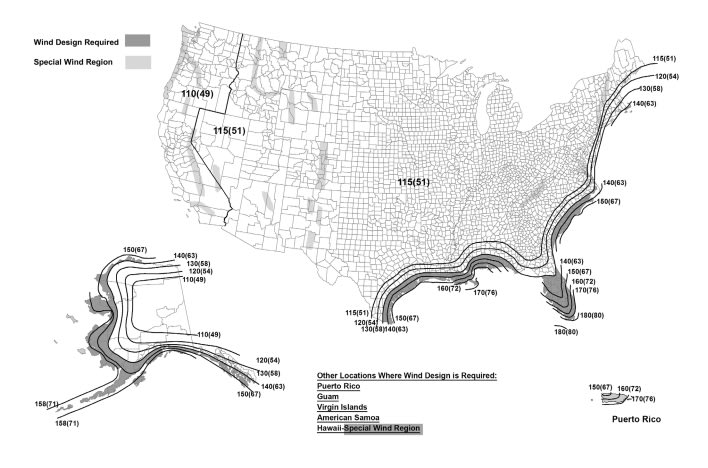AETX
Structural
- Jun 9, 2021
- 7
Hi everyone i have a question regarding a single family home two stories bracing. Is it acceptable to mix bracing methods (let in bracing and structural sheathing) in the same braced wall ? I.e at the corner you have sheathing and after down the wall line you have several let in bracing ? Alt wind speed is 150 mph 140 MPH (edited typo) Thank you.

